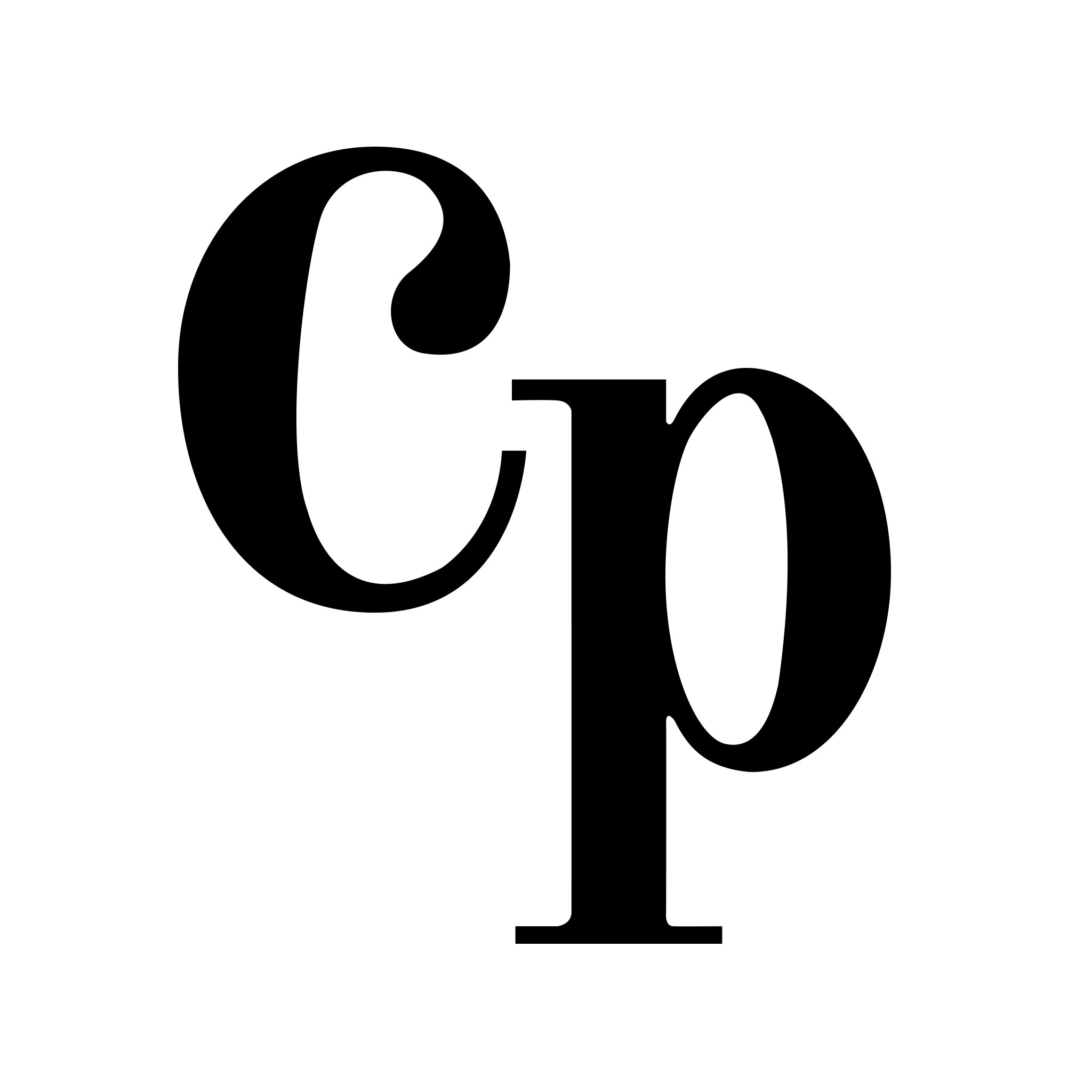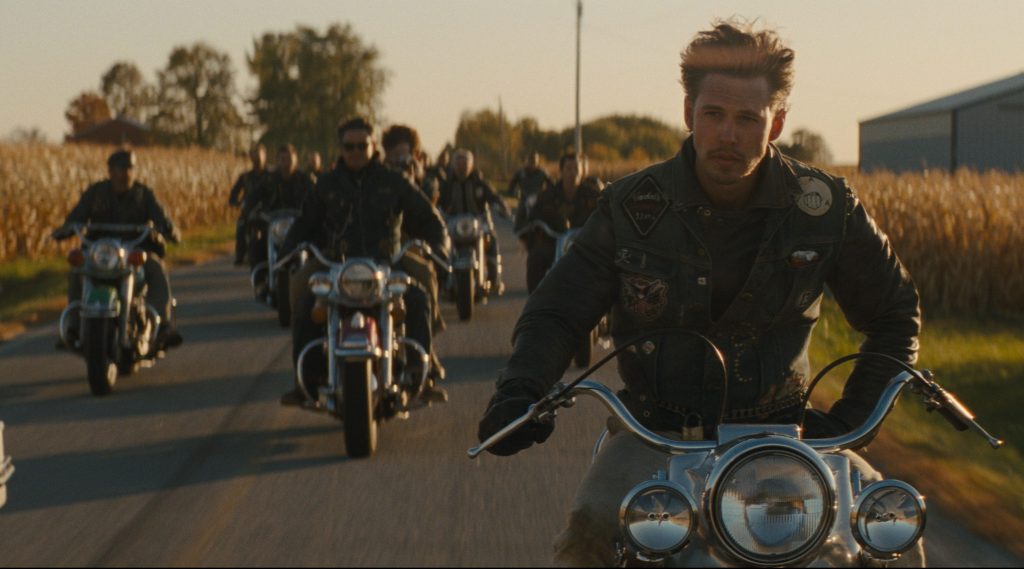
The classic age of film noir is widely thought to have begun with The Maltese Falcon in 1940 and ended towards the end of the 1950s. By then the genre was on the wane, and the most successful films were the ones that either tried innovative filmmaking, like Touch Of Evil, or went for shock value like Kiss Me Deadly. Jacques Tourneur’s Nightfall was released in 1956 and so suffers from bad timing. There’s nothing particularly wrong with it, but it just feels a little formulaic when you compare it to other films released around that time, and the director’s own previous work, especially the genre defining Out Of The Past.
Jim Vanning (Aldo Ray) is on the run. When he meets the beautiful Marie (Anne Bancroft) in a bar, he thinks his luck’s begun to change, but his past catches up with him in the shape of two murderous bank robbers (Brian Keith and Rudy Bond) and a wily insurance investigator (James Gregory).
The film gets off to a rough start with a cheesy theme song, but quickly finds its feet. Tourneur was a brilliant director and at the very least the film is beautifully shot. While most film noir takes place in the shadows, Tourneur seems to be challenging tradition in his own small way by setting a large portion of Nightfall’s scenes in daylight. Vanning even flinches the first time a light is turned on, as if Tourneur is preparing the audience for something slightly different and while the plot is somewhat conventional, set-pieces set in the snowy wilderness make a welcome change from the norm. The final shootout between Ray and the villains is unpredictable and genuinely nail-biting, with a gruesome climax.

Aldo Ray is an unusual choice for a romantic lead – he was always more comfortable as a heavy than the hero. He’s reminiscent of Ralph Meeker’s Mike Hammer, but while Hammer is a brutal character, Ray is supposed to be an innocent man and an artist to boot. Though he does well, (especially when delivering the hard boiled dialogue) he never seems comfortable, at least until the finale, when the role becomes more physically demanding. It’s lucky he has Anne Bancroft with him. Even at such a young age she is a captivating screen presence and gives an incredibly assured performance. It’s never adequately explained why she trusts Ray’s character without much reason though, or why she sticks with him throughout the film.

The colourful villains are a contrasting double act, both in demeanour and acting style. Bond’s childlike Red is unnerving and incredibly creepy, channelling Richard Widmark’s giggling psychopath from Kiss Of Death. He’s so gleefully crazy that it’s fun to watch and ends up the most memorable character in the film. Meanwhile Keith comes dangerously close to underplaying his calm collected villain and never comes across as particularly villainous, just bored, though there is some comedy in the way he gets increasingly annoyed with Red.
The fact is that by the time Nightfall was released, film noir had evolved into something a lot more subversive than when it began, so a story as basic as this inevitably feels a little stale. However, the thing I love about this genre is that even minor entries have something to commend them, and Nightfall is no exception. It may borrows elements from earlier, better films but still has some great performances and a handful of thrilling set-pieces that make it stand out.
Anyone with a passing interest in in the genre will love Arrow Academy’s presentation here. the HD looks incredible, and the blu-ray comes with special features that provide insight into the film’s production, including a commentary and two featurettes.

 Nightfall comes to Blu-ray from Arrow Academy on 3rd June,
Nightfall comes to Blu-ray from Arrow Academy on 3rd June, 




![The Cat And The Canary Blu-ray review: Dir. Paul Leni [Masters Of Cinema]](https://criticalpopcorn.files.wordpress.com/2024/04/image-5.png?w=1024)



![Crimson Peak Limited Edition 4K UHD review: Dir. Guillermo del Toro [Arrow Video]](https://criticalpopcorn.files.wordpress.com/2024/04/crimson-peak-4k-arrow-video-highdef-digest-full.jpg?w=1024)

Post your thoughts